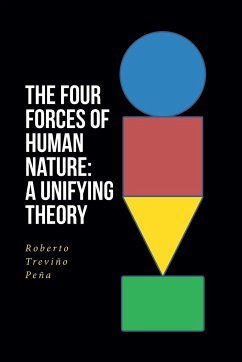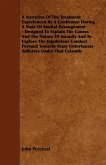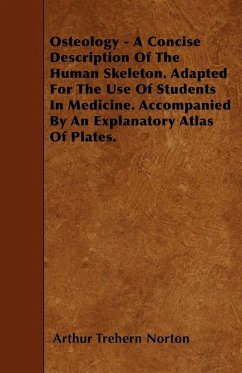Since physicists discovered the four fundamental forces of nature--weak, strong, electromagnetic, and gravity--they have tried to unify them into one theory. Physicists went down to the subatomic level to search and ended up with vibrating strings. They went up into space and ended up with gravitons (which are yet to be found). But what do these forces mean in terms of human behavior? In The Four Forces of Human Nature: A Unifying Theory, Dr. Trevino Pena identifies the human forces and the specific areas of the brain responsible for processing them. He demonstrates the analogy between physics and human forces and explains how the interaction of these influences human behavior. The four forces are affective, cognitive, communicative, and socio-environmental. The processing centers for each of these forces are, respectively, the amygdala, thalamus, cerebral cortex, and insular cortex. The aims of these are to get, keep, and increase the four necessities: health, status, wealth, and basic drives (eat, sleep, sex). Every person needs the four necessities for self-preservation. Without these, humans can die prematurely, or become extinct as a species! Four groundbreaking and health advice are offered in this book: Groundbreaking: This is the first publication to bring together the feeling, thinking, talking, and environmental sciences into one act to explain human behavior Groundbreaking: The reader will be surprised to know that it is not the cerebral cortex that rules thinking; it is the thalamus. The thalamus is the driver, and the cerebral cortex is the vehicle. Health advice: Examples are provided where the amygdala reacts to fantasy causing excessive secretion of stress chemicals that lead to chronic diseases. Illnesses we self-inflict by faulty feelings. Health advice: The thalamus is the best tool to mitigate these "made-up" illnesses. The problem is that people underutilize the cognitive force because it takes effort to put it into operation. Lastly, it is important to note that I have simplified the complexity of the human brain so as not to lose you, the reader, in the thick forest of brain circuitry.
Hinweis: Dieser Artikel kann nur an eine deutsche Lieferadresse ausgeliefert werden.
Hinweis: Dieser Artikel kann nur an eine deutsche Lieferadresse ausgeliefert werden.









